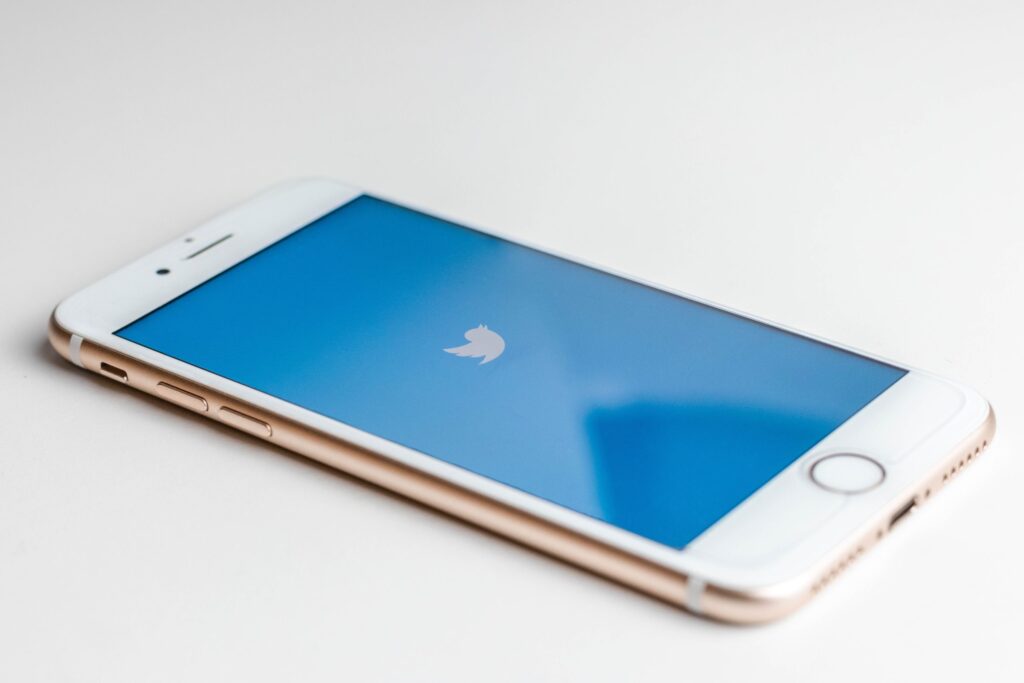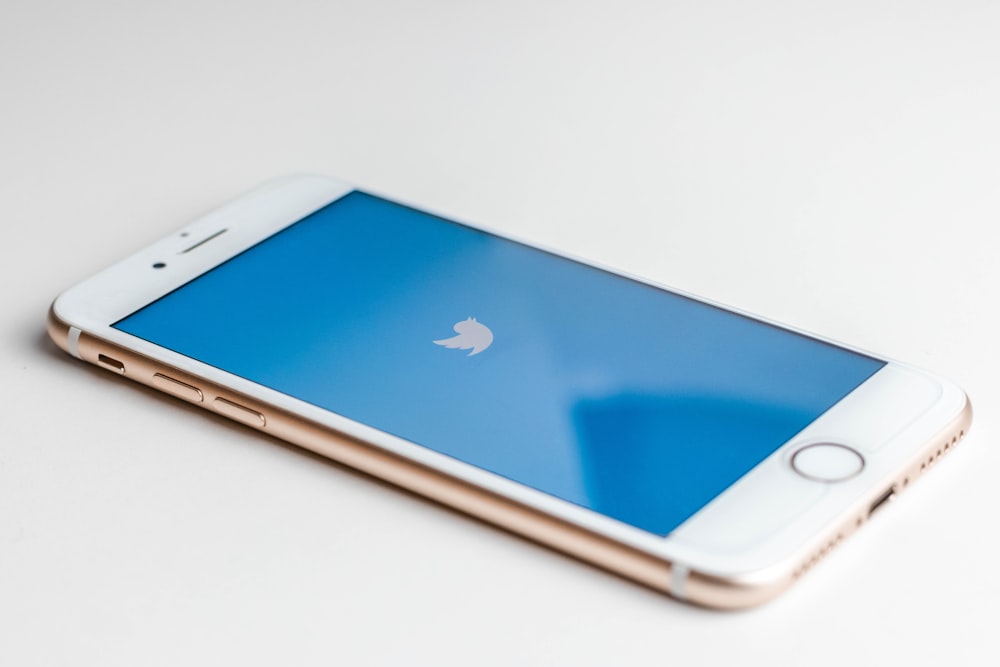Brand safety waning on Twitter
Recommendation: pause media, reassess Twitter’s role
In the hours after taking over Twitter as its new owner and CEO, billionaire Elon Musk removed the social network’s moderation guardrails in a move that is giving advertisers and brand marketers pause. Citing his desire to open the platform for unfiltered discussion, Musk’s moderation suspension yielded an immediate rise in hate speech and problematic content. Without moderation, brand safety — a measure of reputation risk when marketing or advertising — is at greater risk.
Although Musk has since promised to restore Twitter’s moderation tools and even promised moderation tiers for advertisers to select based on their own risk tolerance, the damage may already be done. Marketers questioning Twitter’s value as an advertising platform are already reallocating ad dollars to more proven and reliable channels. According to The Skimm, GM, Pfizer, Mondelez, and Audi have already paused paid media on the channel.
Regardless of its future, changes to Twitter offer an opportunity for marketers to take a step back and reassess the channel’s role in their paid and unpaid social strategies. For most brands and businesses, Twitter has already taken a back seat to Facebook, Instagram, and LinkedIn.
Despite its limited role for outbound marketing, Twitter remains an important medium for monitoring and resolving customer service issues for major brands. Concerns about brand safety, however, are forcing marketers to consider whether their brand’s account is worth the resources to maintain. While Collective Measures recommends suspending paid media, marketers should determine the proper path forward for their brand’s Twitter account.
1. Suspend paid advertising, continue unpaid publishing and community management
Until moderation tools have been restored, brands should suspend paid advertising on Twitter. Without any moderation, the likelihood that advertising will be embedded in a non-brand-safe environment is high. Organic publishing could continue, although there is still a risk of tweets appearing next to problematic content.
2. Suspend publishing and paid advertising, continue community management
If Twitter makes up a substantial volume of customer service inquiries, marketers can simply suspend publishing and paid advertising while maintaining their account for community management. This would reduce resources dedicated to the channel while maintaining an important line of communication with audiences and customers.
3. Suspend all efforts, await a new direction for the platform
As marketers wait for the dust to settle, suspending all efforts on the platform and reallocating resources may be the most prudent approach. Channel managers could also consider temporarily making their brand accounts private to insulate themselves from trolls seeking to take advantage of the unmoderated platform.
4. Shutter accounts, scrub channel links and references
For brands and businesses already on the fence about Twitter’s marketing value, the recent turmoil may be the push needed to finally abandon the platform. Twitter’s modest organic engagement and unimpressive paid media technologies make other social networks more appealing for the reallocation of resources.
If the decision is made to permanently cease branded Twitter activity, marketers should then scrub all links and references to the brand account. This means that website footers, email signatures, and even links from other social channels would need to be removed to ensure users aren’t referred to an inactive or private profile.
Additional considerations
Brands with multiple Twitter accounts that want to maintain a presence should consider consolidation. For example, those with dedicated customer service handles may want to keep these channels active while pausing or shuttering their primary brand accounts.
Marketers should keep in mind that permanently deleting a brand account will forfeit the associated Twitter handle. This means that the deleted handle would then become “available” for other people or entities to acquire and use on their own. To avoid this situation, brands could use the bio to indicate that the handle has been retired and set the account to private rather than deleting the account all together.
Musk has also promised that account verification will come at a cost. While the details of how this will work are unclear, marketers should consider whether the price to maintain a blue checkmark is worth the value long term.
Deciding what to do with Twitter beyond pausing paid efforts
Marketers that are unsure of what to do with Twitter should weigh the benefits and risks of maintaining a brand presence. Leadership and other stakeholders should be consulted to determine if operating on the social network aligns with brand values. While varying business priorities will necessitate different paths forward, there is value in taking this time to assess a brand’s social ecosystem.




